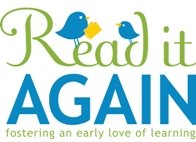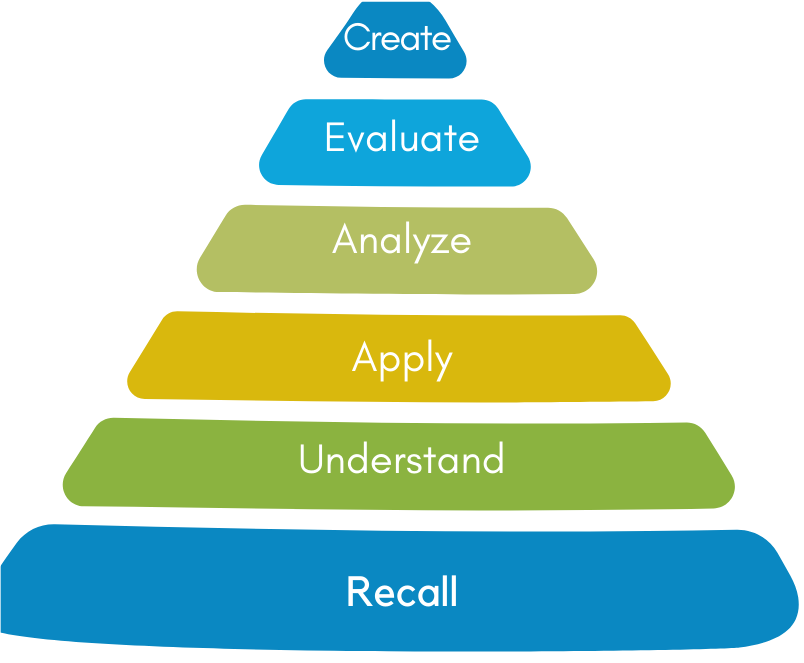Are We Asking the Right Questions?
Reading to your preschooler is a crucial and enriching activity that lays the foundation for important cognitive (thought) and linguistic development (speech). Reading aloud to your child not only introduces them to the fascinating world of stories, characters, and concepts but also enhances their language skills. Exposure to a variety of books helps expand their vocabulary, improves comprehension, and fosters a love for learning. Additionally, reading together creates a bonding experience, strengthening the emotional connection between you and your child. It provides a comforting routine, promoting a sense of security and positive associations with books and learning.
Asking the right questions while reading to your preschooler further enhances the benefits of this activity. Thoughtful questions encourage critical thinking, foster higher order thinking, checks for comprehension, builds vocabulary and enhances language development. Instead of merely narrating the story, engage your child by asking open-ended questions that prompt them to express their thoughts and feelings about the narrative. Encourage them to make predictions, explore characters' emotions, and relate the story to their own experiences. This interactive approach not only deepens their understanding of the material but also nurtures essential cognitive skills, setting the stage for a lifelong love of reading and learning.
Make it stand out
Bloom's Taxonomy is like a pyramid with levels of thinking that help us understand how your preschool child learns and thinks about things. It’s also a great guide to use when coming up with questions about a text.
Imagine Bloom’s Taxonomy as a pyramid with six levels, each representing a different intensity of thinking or questioning. At the bottom, there's "Recall," where we remember facts and information. As we move up, we reach "Understand," where we make sense of what we recall. Then, we have "Apply," where we use what we've learned in new situations. Moving higher, there's "Analyze," where we break down ideas into parts. Even higher is "Evaluate" where we judge and decide what we think about something. At the top of the stairs is "Creating," where we put everything together to make something new. So, Bloom's Taxonomy is like a tool that helps us climb the steps of thinking, starting from remembering facts to creating new ideas.
I’ve provided example questions below for each level of Bloom’s Taxonomy that are appropriate for early literacy learners. These are general questions that could be used with just about any story. Within each of our Beyond the Book Resources, we follow Bloom’s Taxonomy creating questions that are specific to the book of focus.
Recall (Remember)
What is the title of the story?
Can you name the main characters in the story?
Understand (Comprehension):
What happened at the beginning, middle, and end of the story?
Can you explain why the character _________?
Apply (Application):
How would you feel if you were the main character in the story?
Can you think of another way the story could have ended?
Analyze (Analysis):
What problems did the characters face in the story?
How would the story be different if a character made a different choice?
Evaluate (Evaluation):
What do you think about the choices the characters made?
Can you explain if the ending of the story was good or bad?
Create (Synthesis):
If you were to create a new character for the story, what would they be like?
Can you come up with an alternative ending for the story?
Within each of our Beyond the Book Resources, we follow Bloom’s Taxonomy to create questions that are not only specific to the book of focus, but also challenge children. As you begin to think about and implement these levels of questioning, don’t rush things along. If your child needs to hang out at the recall level for a while, that’s okay. Likewise, if a level seems easy, move on up to the next level.
Make it stand out
This is a page from the “Pete the Cat: I Love my White Shoes” resource guide. As you read through the questions, note how the rigor increases.
Free Download
Click to download a free copy of the entire Pete the Cat download ($5 value). Each title aligns with a great picture book and contains 20+ preschool activities designed to foster an early love of learning.Whatever it is, the way you tell your story online can make all the difference.



